#palast der republik
Explore tagged Tumblr posts
Text

Statue of Marx and Engels (Ludwig Engelhardt, 1986) in front of the Palace of the Republic, Berlin, 1990. From the Budapest Municipal Photography Company archive.
223 notes
·
View notes
Text





Ansichtskarte
Berlin – Hauptstadt der DDR Palast der Republik Haupttreppe Берлин - столица ГДР Дворец Республики Парадная лестница Berlin - Capital of the GDR Palace of the Republic Grand staircase. Reichenbach (Vogtl): BILD UND HEIMAT REICHENBACH (VOGTL) (V 11 50 A 1/B 164/77 164/77 01 15 00 531)
Foto: Mohr, Berlin
1977
#Berlin#Palast der Republik#Innenaufnahme#Berlin Mitte#1970er#1977#Philokartie#DDRPhilokartie#Architekturphilokartie#OstmodernePhilokartie#DDRArchitektur#GDRArchitecture#SocialistArchitecture#akBerlinMitte#InnenarchitekturDerDDR#Ostmoderne#DDRModerne#SocialistModernism#SocMod#Ansichtskartenfotografie#AnsichtskartenfotografieDerDDR#deltiology#VintagePostcard
18 notes
·
View notes
Text
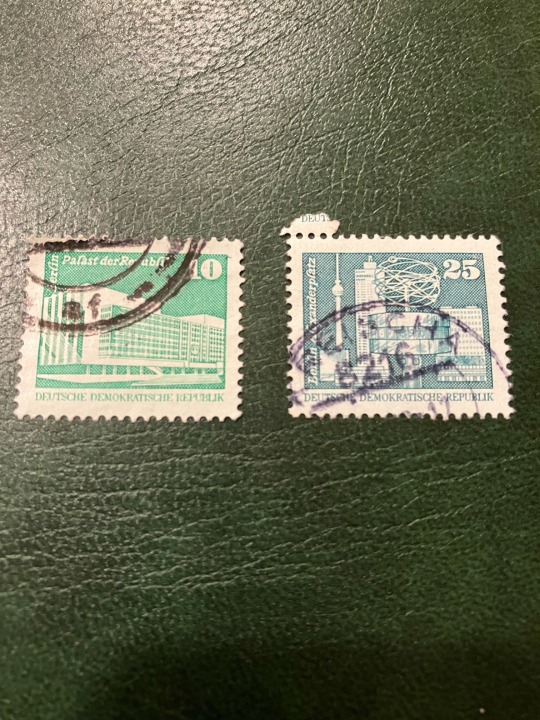
No elég sokat kalandoztunk már a németeknél, viszont NDK-s bélyegek még nem szerepeltek a blogon. EDDIG! Ráadásul ez szintén egy egész nagyszabású éveken átívelő sorozat, melyet több kisebb szakaszban/csoportban adtak ki, nagyrészt 1973-ban és '74-ben, majd némi szünet után '80-ban is, de ebben már ismétlés is volt, más formátumban. Összességében is több azonos bélyeg megjelent eltérő méretekben, vagy nyomásban, léteztek matt és fényes verziók is, szóval volt nagy fennforgás. A sorozatok egyébként Épületek, Berlini épületek, illetve Emlékművek néven futottak. A nagysorozathoz tartozó összes bélyeg, itt látható, összesen 15-féle különböző minta/érték jelent meg - ebben nincsenek benne a különböző nyomási változatok:

Az én bélyegeim két külön évből, és kollekcióból valók, az első 1980-ból, tehát egy kései és a Köztársasági Palotát ábrázolja 10 pfenningért. Ez a bélyeg nem is jöhetett volna létre előbb, mivel az épületet '73-ban kezdték el építeni és 1976-ban adták át. A stabilizálódó kelet-német állam parlamentjének, új reprezentatív épületre volt szüksége, minthogy a korábbi Berliner Stadtschlosst, még a porosz időkből lebontották a háborúban keletkezett károk, illetve az ideológialiag nem megfelelő múlt reprezentálása végett. Ennek helyére, a mai Múzeumszigetre épült Palast der Republik. Parlamenti funkciója mellett, itt rendezték a Német Szocialista Egységpárt kongresszusait is, illetve különböző nagyszabású kultúrális és szabadidős eseményeket is. 1989-ben aztán az épület pillanatok alatt elvesztette jelentőségét, mivel megszűnt az NDK Népi Kamarájának működése, majd az egyesüléskor életben léptek a jóval szigorúbb nyugat-német előírások. Az épület acélszerkezetét az építéskor 5.000 tonna szórt azbeszttel borították be tűzvédelmi okokból, így 1990 szeptemberében egészségre veszélyes mivolta miatt teljesen lezárták. Évekig érintetlenül állt, majd '98-ban megkezdték azbesztmentesítését, úgy volt hogy valamilyen módon rekonstruálják és új funkciót adnak neki, de 2002-ben a Bundestag meghozta a döntést, hogy el kell bontani. Sokan próbáltak tiltakozni és megmenteni, 2004-ben még volt egy utolsó próbálkozás amikor kiállításokat, koncerteket rendeztek benne, de 2006-ban megkezdődött a bontás, mely egészen 2008 végéig elhúzódott. Az épület acélszerkezetét részben a Burj Kalifa építéséhez használták fel, részben pedig Volkswagen motorblokkokat építettek belőle! Jelenleg helyén a Humboldt Forum, és a korábban elbontott Stadtscloss rekonstrukciója található.
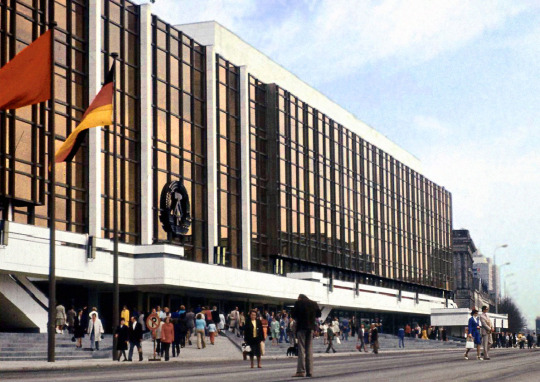
A másik 25 pfenninges bélyeg, a mindenki által jólismert Alexanderplatzot ábrázolja, és 1973-ban nyomták. A területet még 1805-ben nevezték el így, I. Sándor orosz cár látogatásának tiszteletére. Közlekedési csomópont jellegének kialakulása már 1847-ben megkeződődik, mikor elindul a lóvontatású omnibusz az Alex és a Potzdamer Platz között. Az 1870-es években indul be az igazi fejlődés, amikor megkezdik az S-Bahn építését, ami 1882-ben el is készül és megindul a forgalom. Ekkor már ötemelet épületek állnak a téren, illetve körülötte. A XX.század elején megkezdődnek az U-Bahn építések is, de metróhálózatot végül az I. világháború miatt csak 1930-ban adják át. A II. vh. során hatalmas légvédelmi bunkert építettek alá, majd 1945-ben a szövetségesek bombázásaiban lényegében megsemmisül a tér. A Potsdami Konferencián a területet a keleti blokkhoz sorolják, így itt kezdik el kiépíteni az NDK fővárosonák új központját. Az 1960-as években kerülnek a helyére mai ikonikus szocmodern épületei, a Fernsehturm (Tv-torony, becenevén Fogpiszkáló) vagy a 120 méter magas Interhotel Stadt Berlin, a mai Park Inn. Számos metró, S-Bahn, regionális és távolsági vonat áll meg itt, és ez napjainkig csak bővült. Az egyesítés után nagy változás nem történik, mindössze annyi, hogy 1999-ben visszahozzák a villamoshálózatot is a térre, amit korábban felszámoltak.
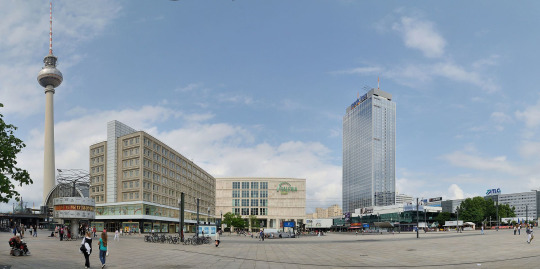
Ezeket a bélyegeket nagyon magas példányszámban nyomták éveken keresztül, így olcsón hozzá lehet jutni, a fent látott 15 darabos teljes sorozat körülbelül két euróért beszerezhető.
#bélyeg#stamp#kelet-németország#ndk#német demokratikus köztársaság#ddr#1973#1980#10 pfenning#25 pfenning#palast der republik#alexanderplatz#berlin#east-germany
8 notes
·
View notes
Text
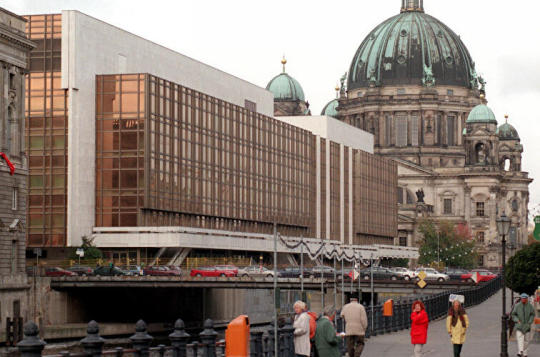

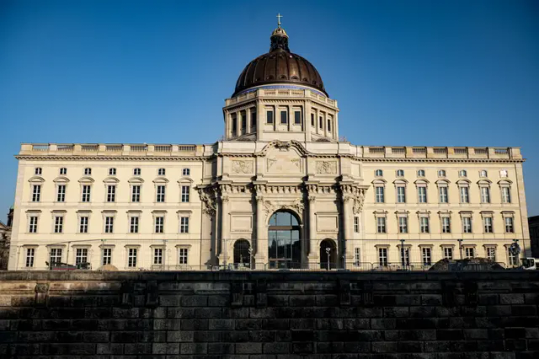

name a bigger downgrade
2 notes
·
View notes
Video
youtube
1 note
·
View note
Text
youtube
Palast der Republik - Von der Grundsteinlegung zum Richtfest
Längst ist er abmontiert und fast vergessen. Der Palast der Republik prägte einst das Stadtinnere von Berlin, direkt am Fernsehturm. Alles begann mit der Grundsteinlegung am 2. November 1973 und endete mit dem Richtfest zum Jahrestag der Deutschen Demokratischen Republik am 7. Oktober 1974. Endgültig eröffnete der Palast 1976 seine Pforten.
#fernsehfunk berlin#berlin#ffb#news#youtube#kultur#geschichte#palast der republik#palast#berlin mitte#baugeschichte#architektur#Youtube
0 notes
Text
might fuck around and rebuild the palast der republik in the sims
1 note
·
View note
Text
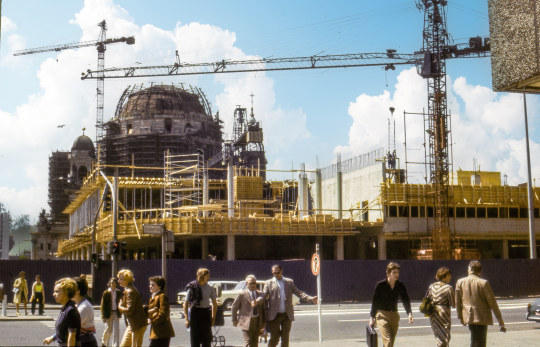
1974 Baustellen in Ostberlin (DDR): Wiederaufbau "Berliner Dom" (Hintergrund) und Neubau "Palast der Republik".
#Berliner Dom#Palast der Republik#PdR#Berlin#Ostberlin#DDR#Baustelle#Gerüst#Kran#Kuppel#Drehkran#Kirche#Prestigebau#SED-Staat#Architektur#Bauten#Sakralbau#Stadtzentrum#Hauptstadt#Kriegsschäden#Wiederaufbau#1974
0 notes
Text
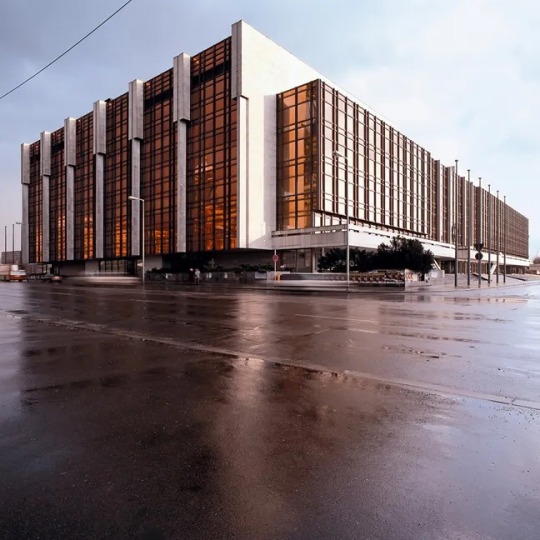
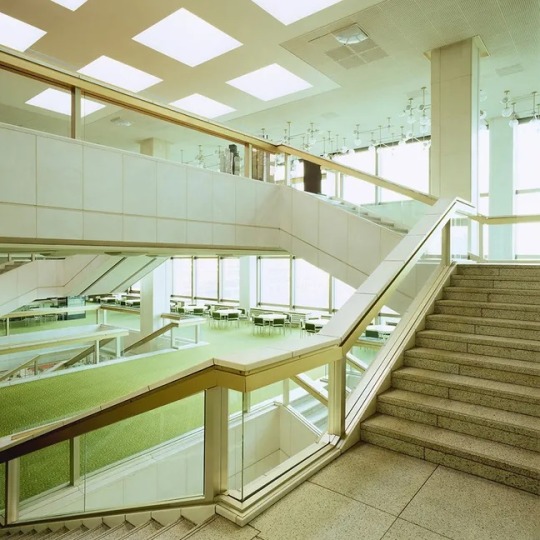

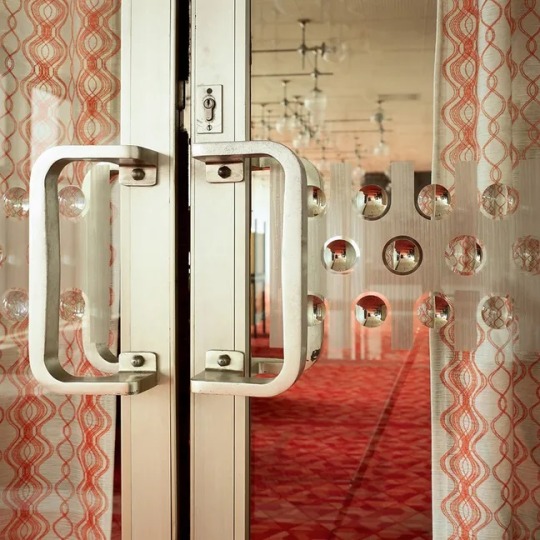

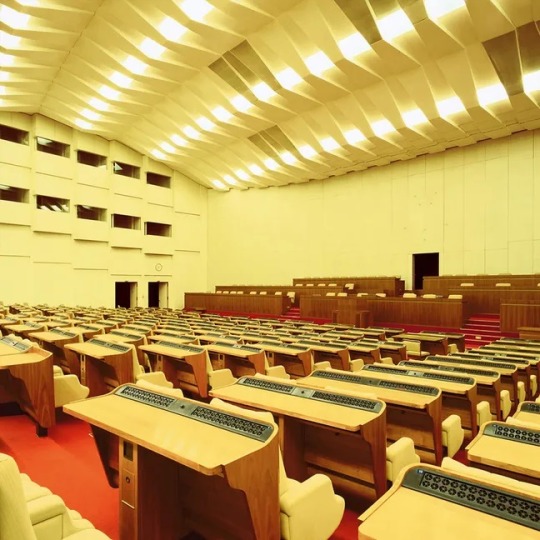
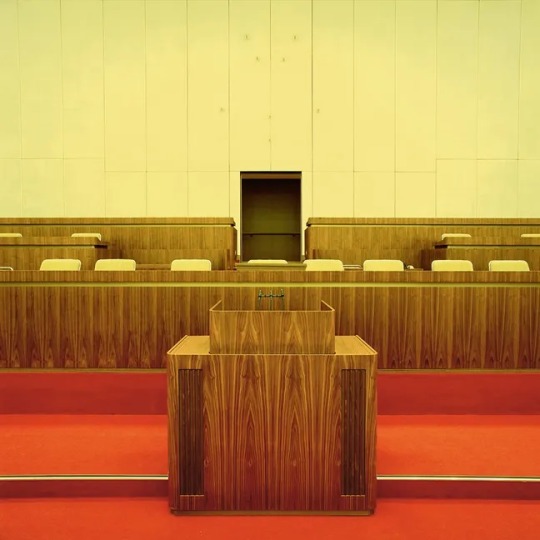
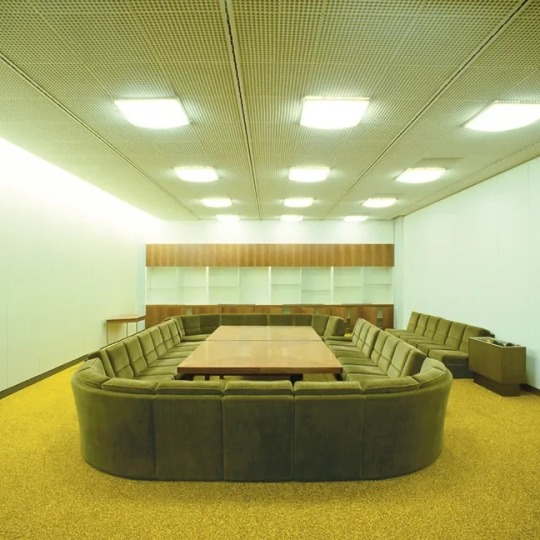

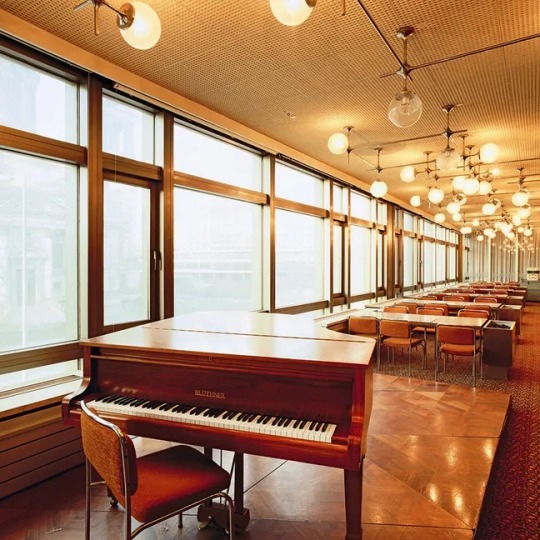
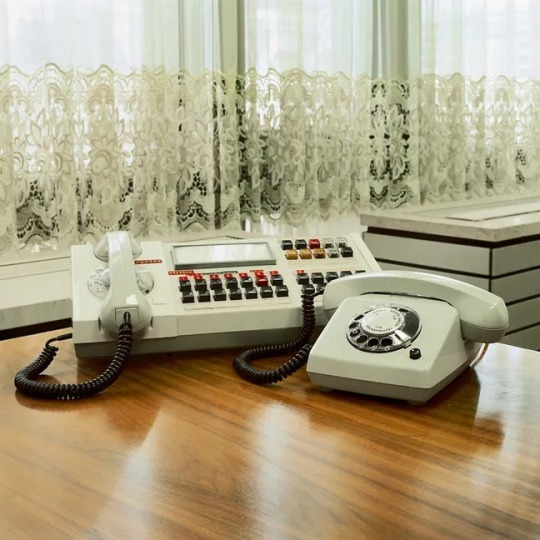
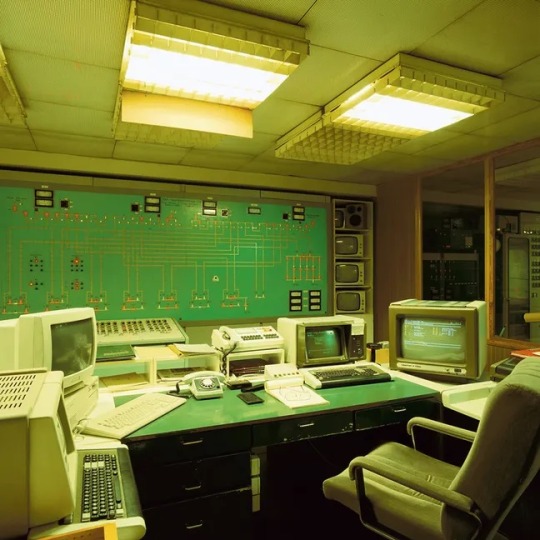
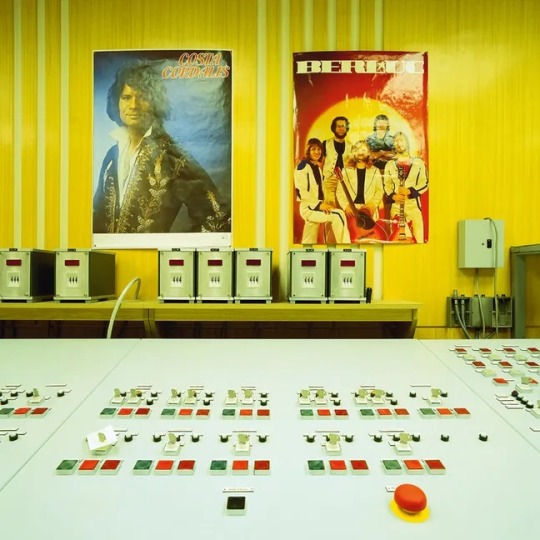
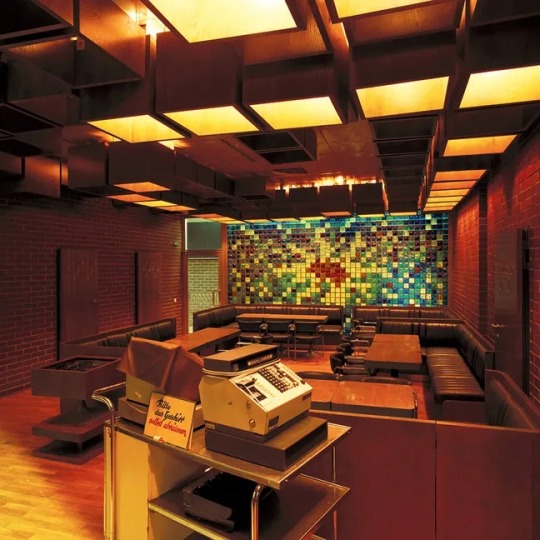
Palast der Republik, East Berlin (1993)
Photo : Thorsten Klapsch
Source : Spiegel International
2K notes
·
View notes
Text

Palast der Republik, Berlin Heinz Graffunder 2009 (deconstruction) Philip Heckhausen
185 notes
·
View notes
Text

East Berlin, the Palace of the Republic under construction with the TV Tower behind, 1975. From the Budapest municipal photography company archive.
51 notes
·
View notes
Text


Asked about the high points of architecture in the former GDR many will probably name the demolished Palast der Republik in Berlin or maybe Ulrich Müther's delicate shell constructions. A smaller but no less exciting example is the so-called Glashaus (1974-78) located in the Volkspark in Jena, a highly unusual building in which architect Friedhelm Schubring channeled influences from Richard Neutra and Mies van der Rohe. At this point one might wonder how a building with such obvious references to western architecture could be realized under the GDR’s tight architectural doctrines. The answer to this anomaly in the GDR’s architectural history is the fact that it was deemed insignificant: a small building designed as part of the Volkspark’s redevelopment to house different functions didn’t bring the architectural ideologists on the scene. The only struggles Schubring had to wage were with some of the craftsmen who at first opposed some of the architect’s detail solutions, especially with regard to the large windows and their adhesive joints. Ultimately Schubring’s insistence paid off: the Glashaus due to its Neutra-esque Spider Legs and the Miesian wall slabs stands as a unique example of architecture in the GDR beyond all doctrines.
In time for the 50th anniversary of the architect’s planning application the sponsoring association „Glashaus im Paradies e.V.“ recently published the small catalogue „Das Glashaus - Zeitlos modern“ in an edition of 200 copies. The catalogue contains a retrospective of the association’s manifold activities and exhibitions that took place in the Glashaus but also a comprehensive overview of the building’s history. The latter actually is rather sad since it was never properly used and in later years became a storage space for Jena’s city administration. Fortunately „Glashaus im Paradies e.V.“ in 2005 attended to the Glashaus, initiated its authentic renovation and finally used it for a multitude of cultural events and exhibitions.
The building’s outstanding architecture also appears in the numerous drawings and photographs included in the catalogue. They are supplemented with quotes by the architect and an insightful essay by conservator Heribert Sutter who discusses the history and constructive details of the Glashaus and why it is so special. Simply a great read!
38 notes
·
View notes
Note
dunno if you heard the news but tonight theres a play party at Palast der Republik
when’s the soonest flight to Berlin it’s an emergency
31 notes
·
View notes
Text
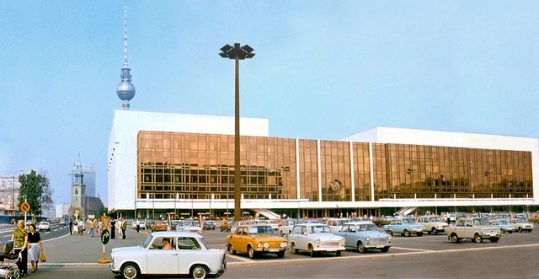
Palast der Republik, edificio del parlamento de la RDA en 1977 con la Fernsehturm al fondo, de Istvan
2 notes
·
View notes
Text
youtube
Festival of Lights 2024 - Humboldtforum
Dieses Jahr dreht sich alles um die Freiheit in diesem fantastischen Lichtspektakel. Das Humboldtforum erinnert durch die Illumination der Ostfassade an den ehemaligen Palast der Republik, der hier an dieser stelle einmal stand und stellt die Frage. "Palast ist Gegenwart?" Auch wenn man den Palast nicht miterleben konnte, so erinnert dieses Lichtschauspiel in einer eindrucksvollen Lichtshow an die längst vergangene Zeit.
4 notes
·
View notes
